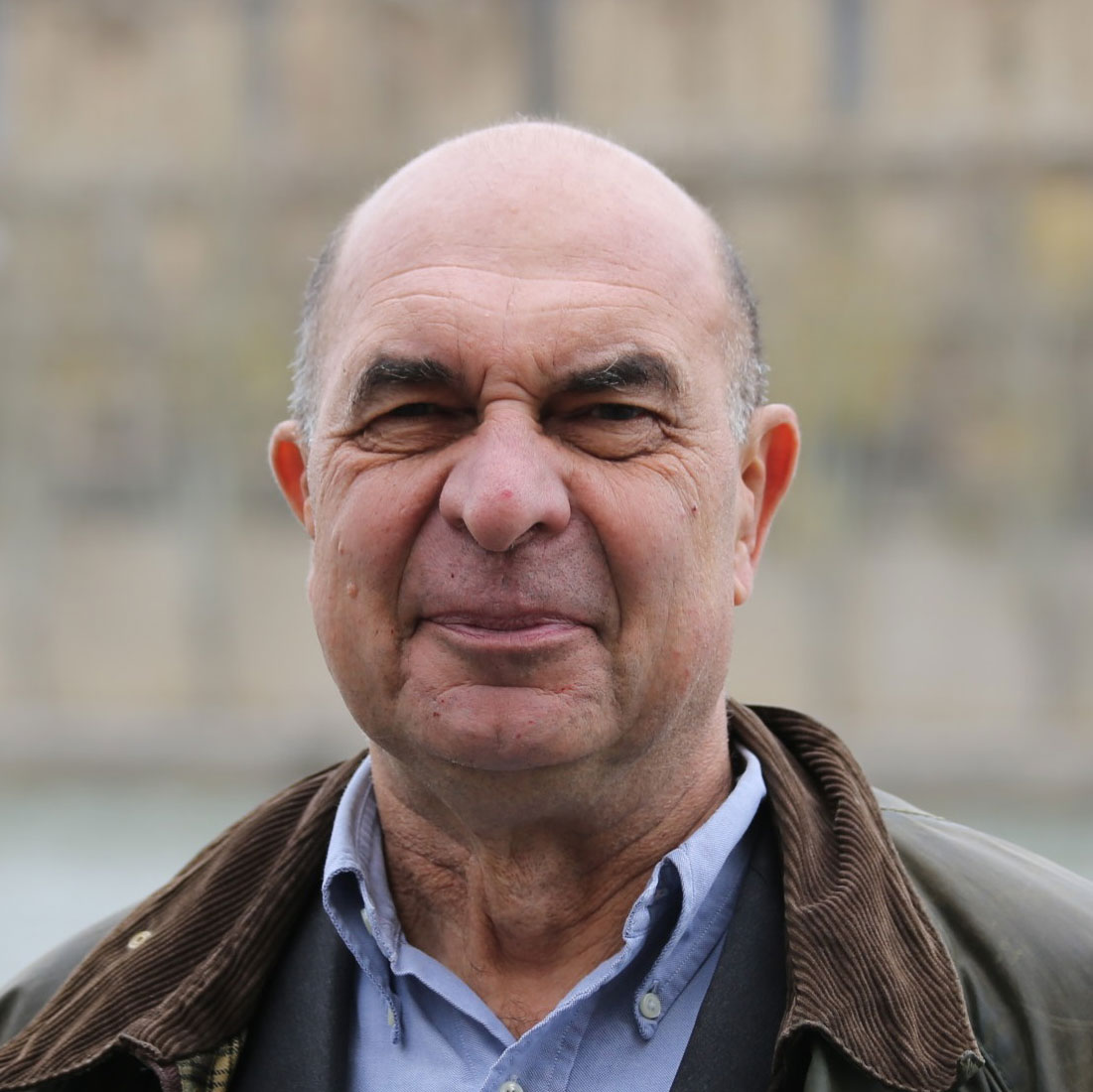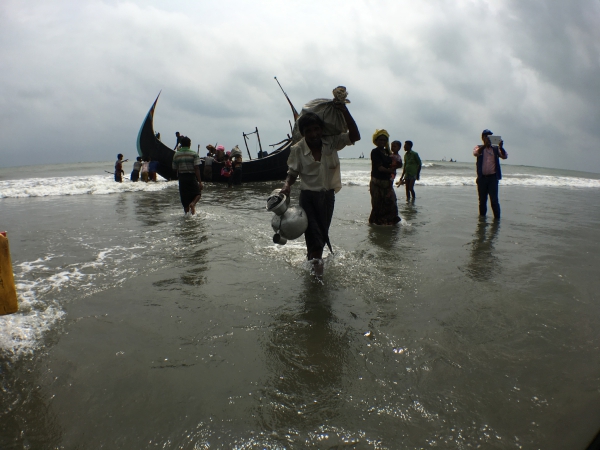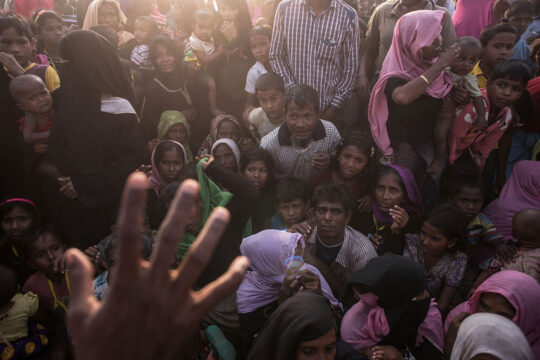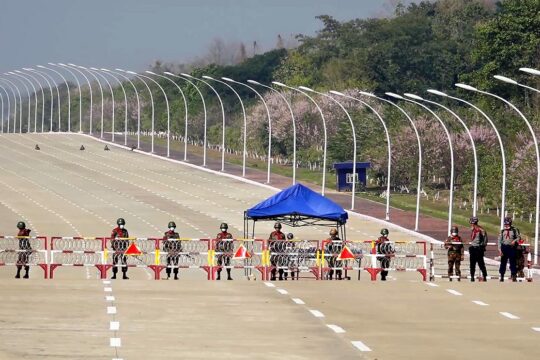Transitional justice is also a question of words, like genocide or ethnic cleansing, resonant with bloody memories of Rwanda or the Balkans.
Short of words to describe the massacre of Rohingya Muslims by Myanmar’s army, UN Secretary General Antonio Guterres nevertheless recognized this week that it amounted to “ethnic cleansing”. "When one-third of the Rohingya population has got to flee the country, can you find a better word to describe it?" Guterres answered when questioned on his choice of words. But for the country’s de facto leader, Nobel peace laureate Aung San Suu Kyi, this is a “huge iceberg of misinformation”. Suu Kyi, who is more than ever the hostage of the army, defended the action of Myanmar’s military.
More than 400,000 Rohingyas have fled to Bangladesh since the end of August to escape a clampdown operation by the Myanmar army. Thousands of other men, women and children are still on the move in search of refuge, however fragile.
Genocide in the CAR?
There is an issue of language also in the Central African Republic, where several UN officials see early warning signs of “genocide”, although most experts dispute the use of this word. “Is there not a risk that invoking the crime of crimes too quickly could devalue the term genocide and reduce its power to raise the alarm?” writes JusticeInfo’s editorial advisor Pierre Hazan. He reminds us that genocide is a precise legal and historical term, as does jurist Didier Niewiadowski. “Is there currently a plan to systematically eliminate an ethnic or religious group, regardless of age or gender?” he asked in an interview with JusticeInfo. “The answer is no.” Nobody would deny that the situation in the Central African Republic (CAR) is terrible. But Hazan asks whether crying wolf is not for the UN “an admission of powerlessness and a cry for help”
On the ground in the CAR, the disarmament of militias is a delusion, as described by JusticeInfo’s Ephrem Rugiririza and Hippolyte Marboua of Radio Ndeke Luka. A few old guns have been handed over to the weak government. But, as JusticeInfo explains, “while the government prepares to destroy these old Kalachnikovs, more powerful arms are everywhere, killing not only civilians but also UN peacekeepers, humanitarian workers and religious leaders.”
The legacy of impunity
These examples in Myanmar and the CAR are not without consequences, as we see also in the Democratic Republic of Congo (DRC). What happens when there is no justice? This is the case for Tutsis living in the Kivu provinces of eastern DRC, forgotten by that country but also by Burundi, where the rebel group that claimed a massacre of their community on August 13, 2014, in Gatumba, near Burundi's border with the DRC, is now part of political institutions. Two hundred men, women and children were killed on that day. The Gatumba massacre was claimed by the National Liberation Front (FNL) of Agathon Rwasa, who is now vice-president of the Burundian National Assembly, and it has never been punished.
In an interview with JusticeInfo, Rwandan anthropologist Professor Deo Mbonyinkebe regrets that justice has never been done for this massacre. “At local and regional level, with regard to the practicality and the law, the DRC, Burundi and Rwanda are potential allies on this question,” he says, “to make repair for their responsibilities that were ignored or badly assumed. The United Nations, as ally and judge, and its refugee agency UNHCR should feel guilty for exposing these refugees on the borders with a country that they had fled. So there would be no shame for this organization to investigate and pronounce on the different aspects of this issue.”






